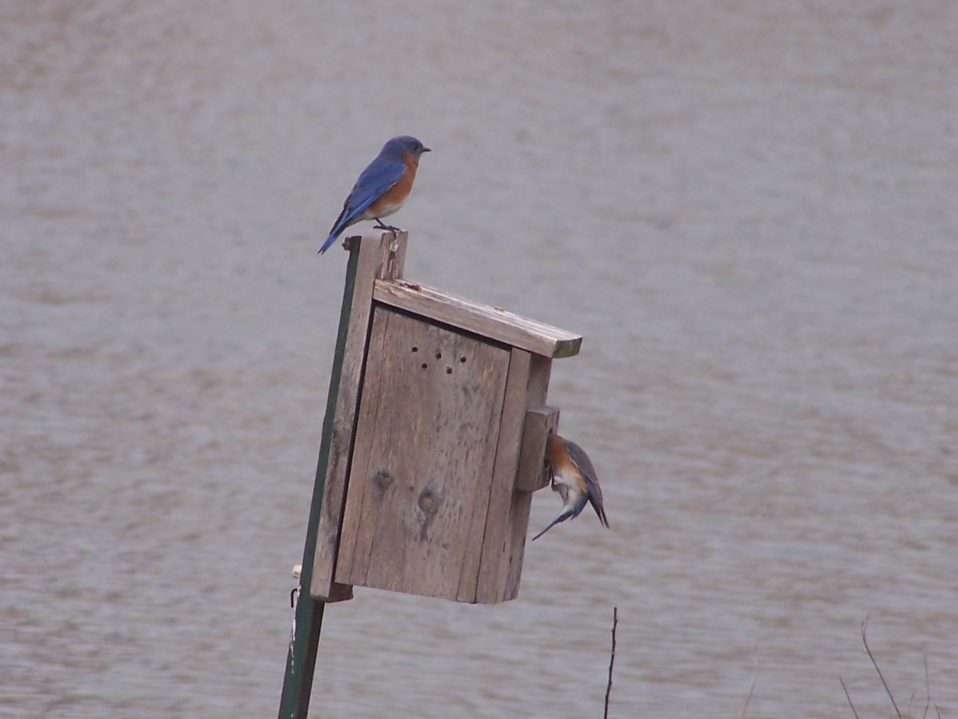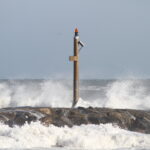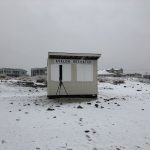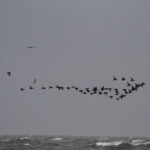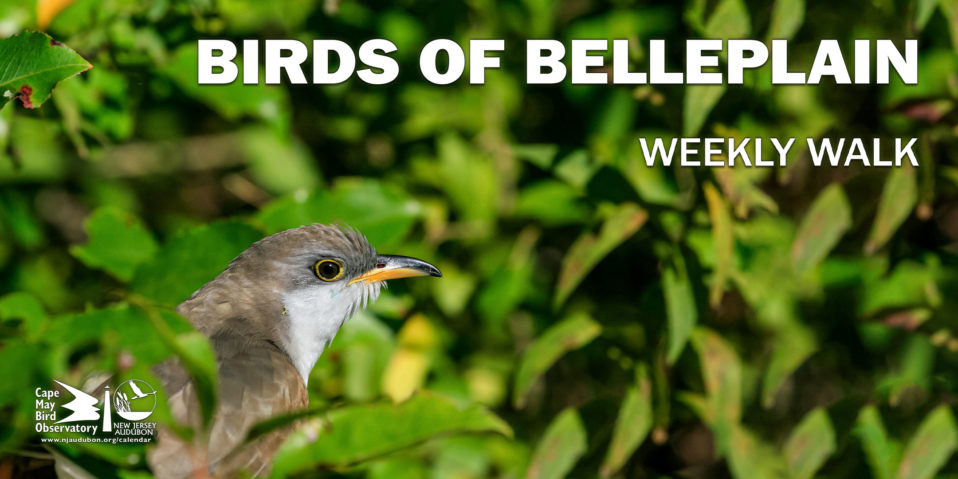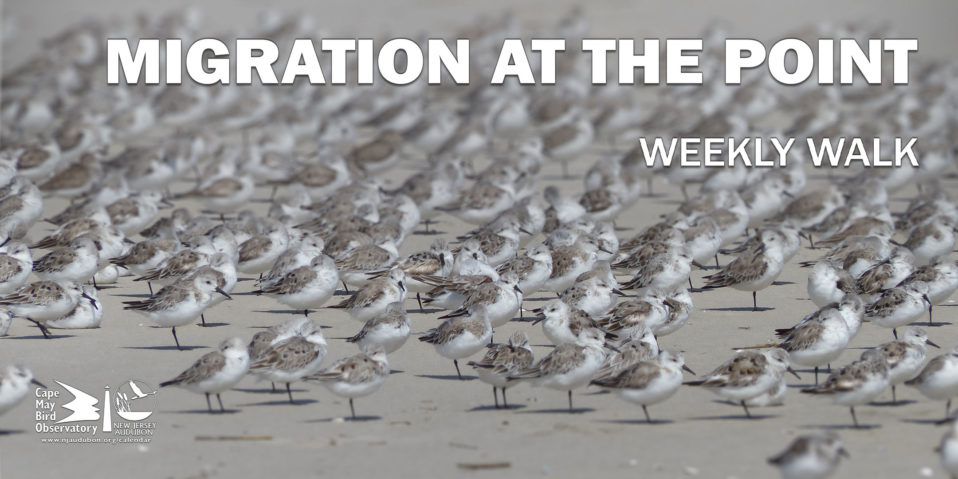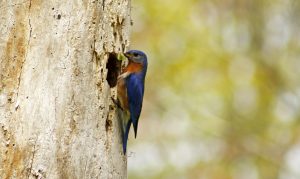
Eastern Bluebird Nesting a Natural Tree Cavity. Photo by Liz Matseur
The brilliant blue of an Eastern Bluebird is a common sight in New Jersey, but that was not always the case. From the mid-1930s to the 1970s, Eastern Bluebird populations dwindled due to habitat loss, pesticide use, and the introduction of aggressive non-native birds, like the House Sparrow and European Starling. Eastern Bluebirds are secondary cavity-nesters, meaning they cannot create a nest cavity themselves and instead rely on cavities made by others, like woodpeckers, or naturally existing cavities. Eastern Bluebirds select cavities between 3 to 20 feet high in areas with an abundance of open space and a large insect presence for foraging. These cavities occur in snags, which are standing dead or dying trees. Snags are used for shelter, nesting, roosting, perching, and foraging by not just birds, but other wildlife including mammals, reptiles, amphibians, and insects.
However, during the early 20th century, land use changes resulted in a loss of open space, increased forest fragmentation, and reduced snags on the landscape. With a limited number of cavities available, the presence of aggressive non-native birds, and competition from native wildlife, Eastern Bluebirds were often outcompeted, and their population declined. In the late 1960’s, a New York newspaper stated, “Bluebirds don’t have much to sing about these days…they’re disappearing so rapidly almost everywhere east of the Rockies that they may become extinct before the end of the century” (Ocala Star Banner, January 27, 1969, page 2).
These alarming declines initiated a grassroots movement across the eastern United States to install, manage, and monitor nesting boxes to save the imperiled Eastern Bluebird. Through much trial and error, nesting boxes were designed to exclude the larger non-native competitors by having entrance holes 1.5 inches in diameter and prevent predation by installing predator guards below the box. Nesting boxes were placed 4-6 ft off the ground and spaced 300 feet apart to reduce competition between neighboring Bluebirds. Monitoring boxes during the breeding season (March-July) also helped control predators and competitors. The deployment of thousands of nesting boxes after 1970 provided suitable nest cavities and alleviated some competition, giving Eastern Bluebirds a fighting chance.
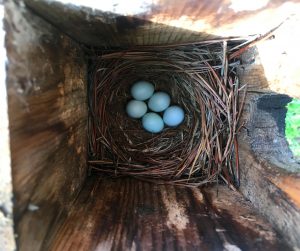
Bluebird Eggs inside the Nest Box. Photo by Liz Matseur
The proliferation of nesting boxes and Bluebird trails have greatly aided Eastern Bluebird recovery. According to the North American Breeding Bird Survey, Eastern Bluebird populations have increased more than 5% per year in New Jersey since the late-1960s. Thanks to conservation pioneers who took action, today Eastern Bluebirds are a common sight along roadways, field edges, and other open spaces.
Eastern Bluebird populations are on the rise, but the loss of nesting habitat will continue to threaten their future. By preserving snags and properly managing open grassy areas, landowners can assist in the continued success of Eastern Bluebirds and other wildlife that rely on similar habitat. New Jersey Audubon works with landowners to implement forestry and agriculture best management practices that provide critical habitat for wildlife and improve water quality. Consider installing a nesting box on your property (INFO ON SELECTING A NESTING BOX), or to learn more about federal conservation cost share programs for forest stewardship and farmland conservation practices, contact NJA Stewardship Project Director – North, John Parke at [email protected] or NJA Stewardship Project Director – South, Kristen Meistrell at [email protected].
Blog Written by Liz Matseur, NJA Stewardship Technician – North Region




